1. Students are different
1.1. Grown up with technology
1.2. Multimedia oriented, students are always on!
1.3. Technology is a must for future careers
2. The world is different
3. Teaching Should be Different
3.1. Should be up to date on technology to help students
3.2. Should be lifelong learners
3.3. Must use it effectively
4. Standards are Different
4.1. ISTE Standards (Technology Standards)
4.1.1. Copyright & Fair Use
4.1.1.1. Educator
4.1.1.1.1. 3. Citizen A: Create experiences for learners to make positive, socially responsible contributions and exhibit empathetic behavior online that build online relationships and community.
4.1.1.1.2. 3 Citizen C: Mentor student on safe use
4.1.1.2. Student
4.1.1.2.1. 2. Digital Citizen C: Demo an understanding of and respect for the rights
4.1.2. Cyberbullying
4.1.2.1. Educator
4.1.2.2. Student
4.2. Level of Technology Competency Expected
4.3. Should be Knowledgeable of the Standards for Technology
4.4. Ohio Content Standards
4.4.1. English
4.4.2. Science
4.4.3. Math
4.4.4. Social Studies
4.5. Ohio Technology Standards
4.6. UDL Guidelines
4.6.1. Engagement
4.6.1.1. Recruiting Interest
4.6.1.2. Sustaining Effort and Persistence
4.6.1.3. Self Regulation
4.6.2. Representation
4.6.2.1. Perception
4.6.2.2. Language and Symbols
4.6.2.3. Comprehension
4.6.3. Action and Expression
4.6.3.1. Physical Action
4.6.3.2. Expression and Communication
4.6.3.3. Executive Functionsw
5. Skills are Different
5.1. Will Help Adapt to Skills in 21st Century
5.2. More Technologically Savvy than in the Past
5.3. Should Adapt Curriculum to New Skill Sets
5.4. 21st Century Skills
5.4.1. Creativity and Innovation
5.4.2. Communication and Collaboration
5.4.3. Research and Information Technology
5.4.4. Critical Thinking
5.4.5. Nonlinear Thinking
5.4.6. Visual Literacy
5.4.7. Visual Thinking
5.4.8. Spatial Thinking
5.4.9. Digital Age Reflection

